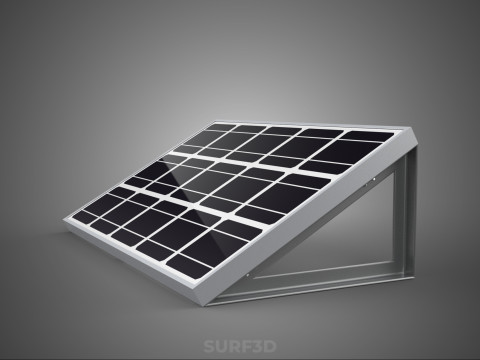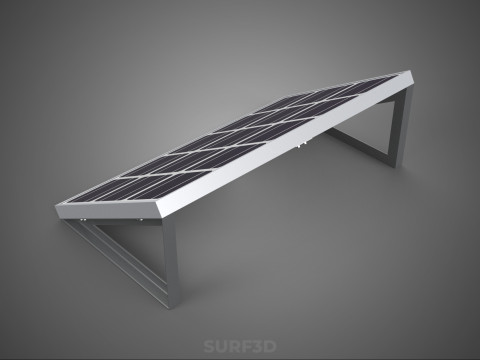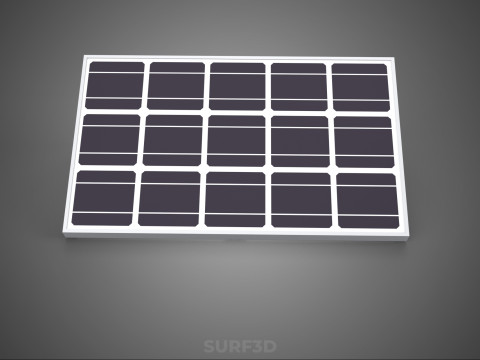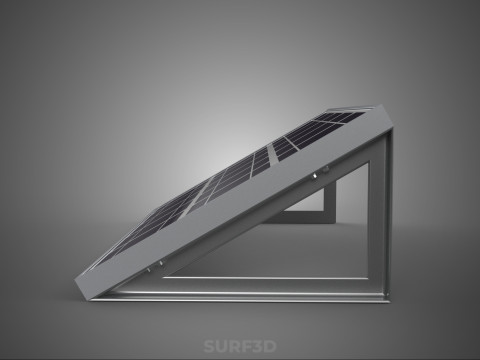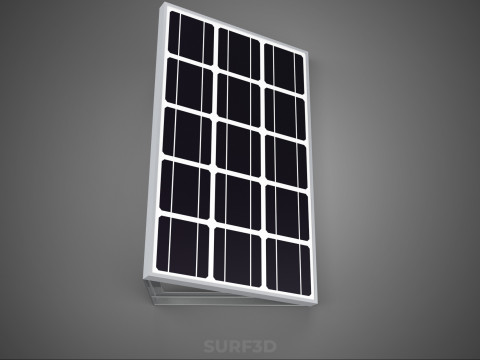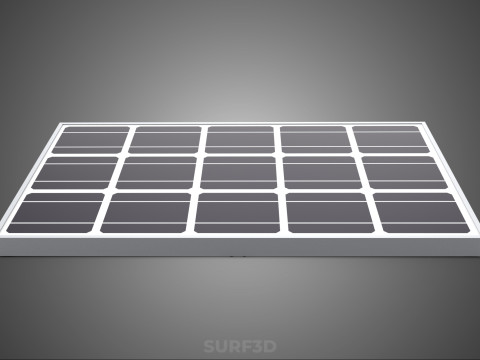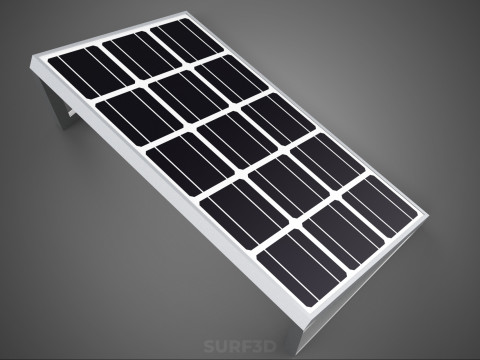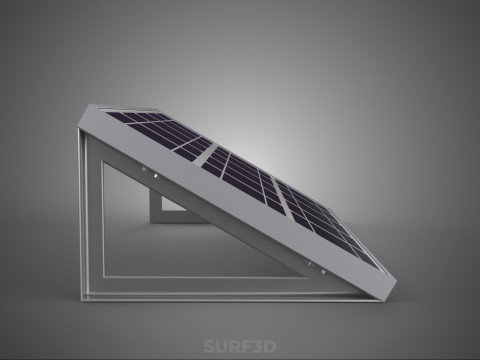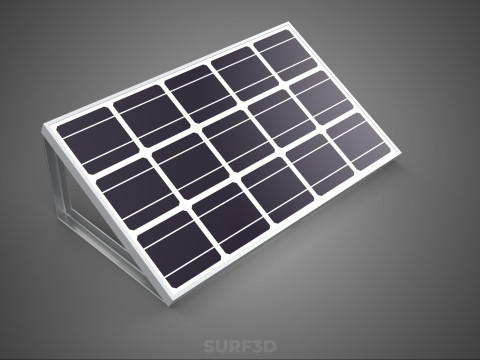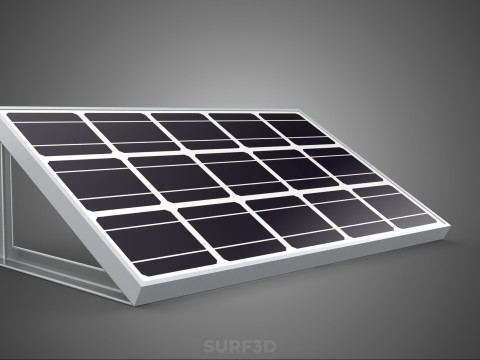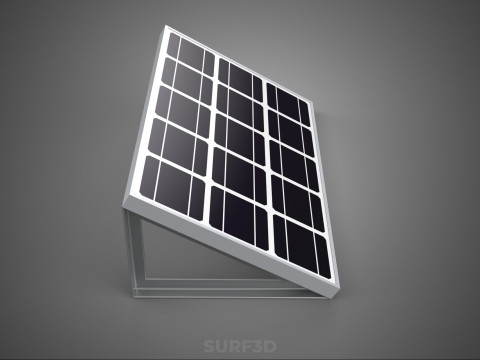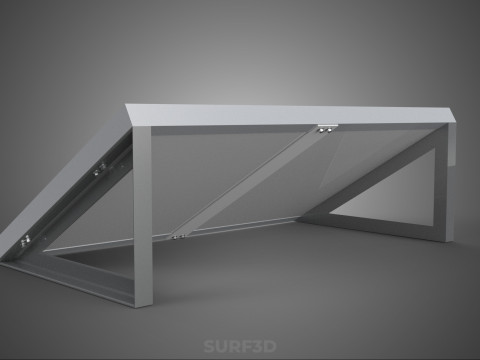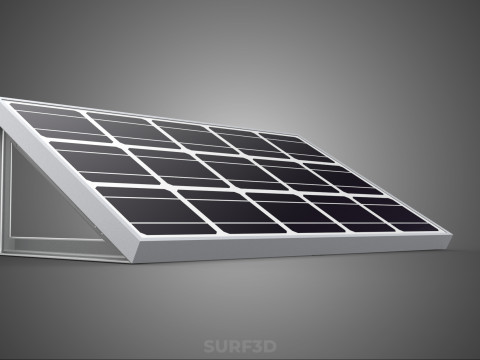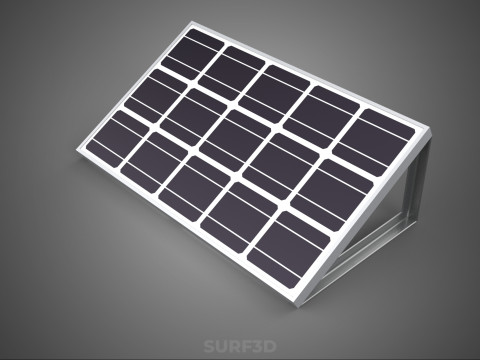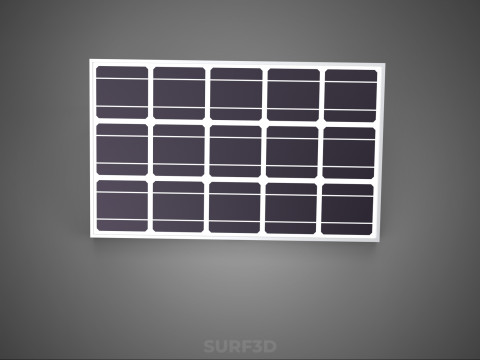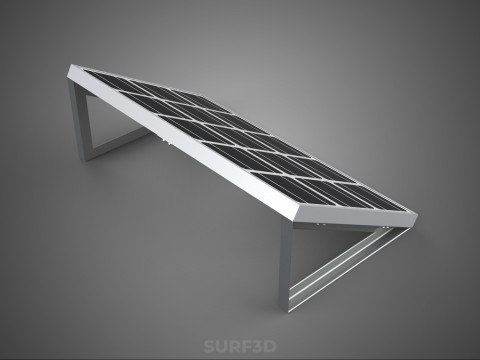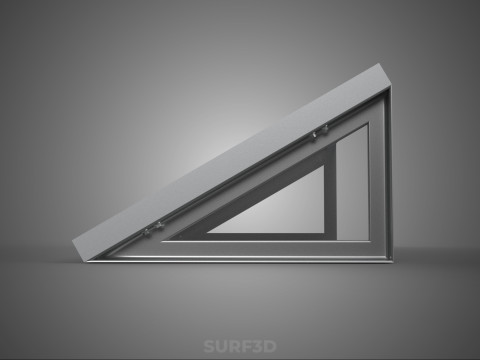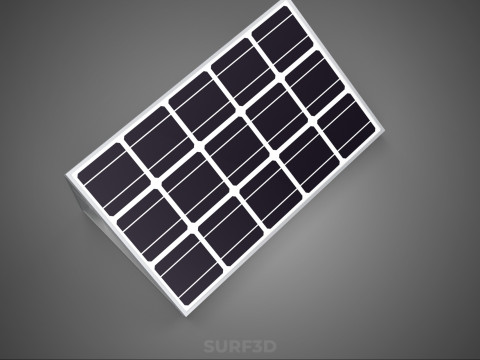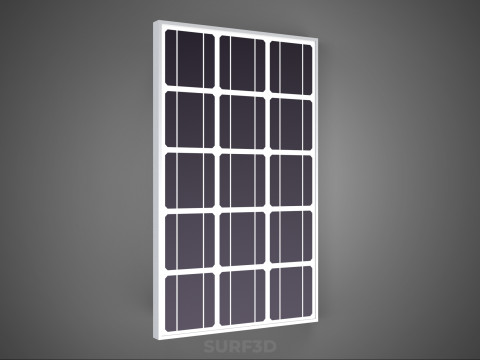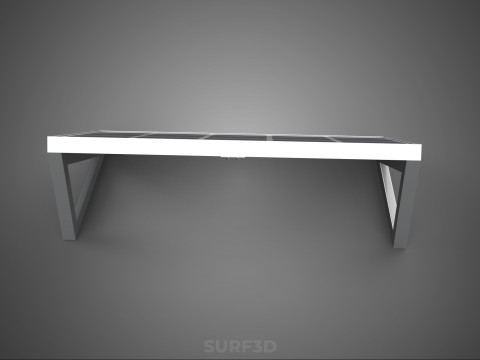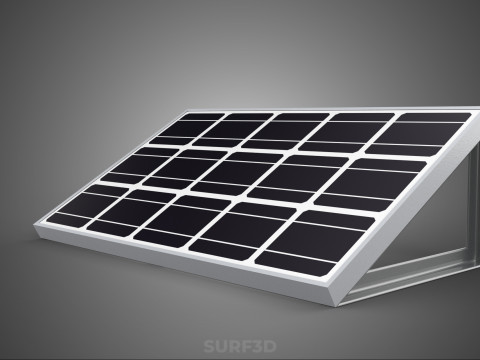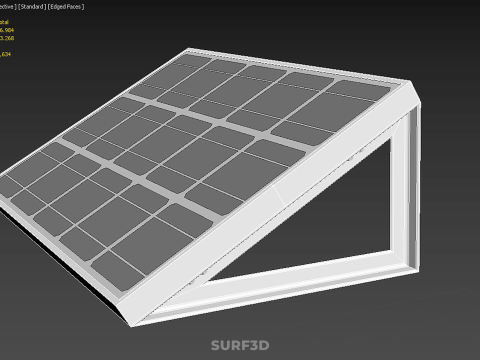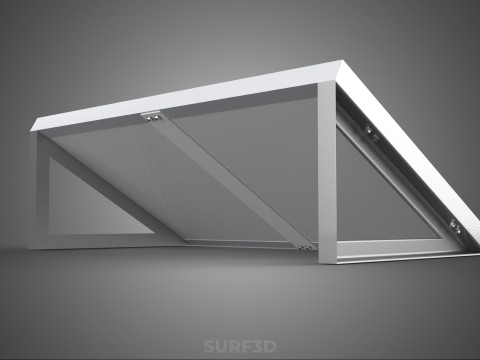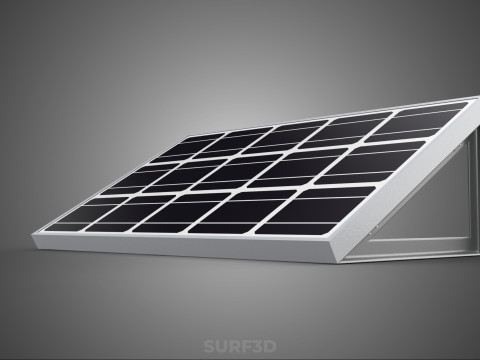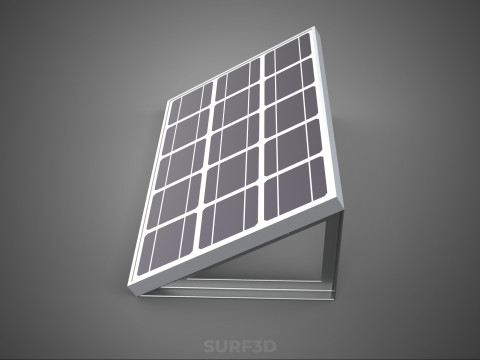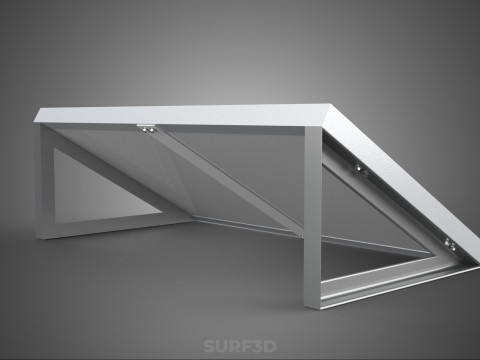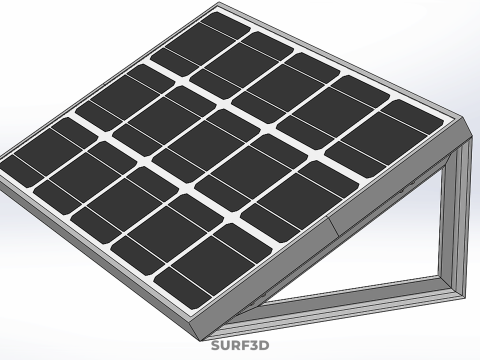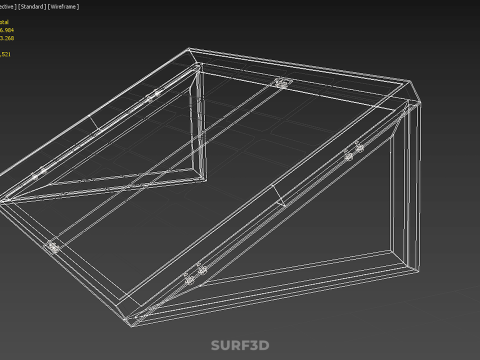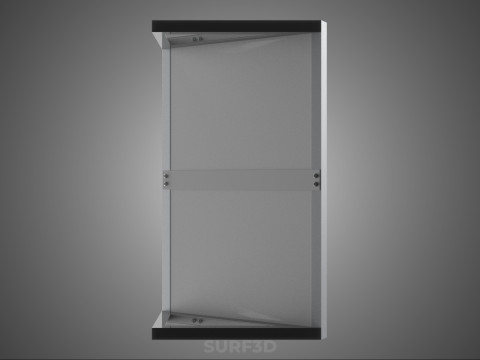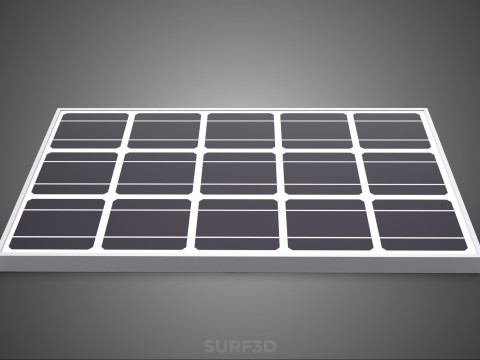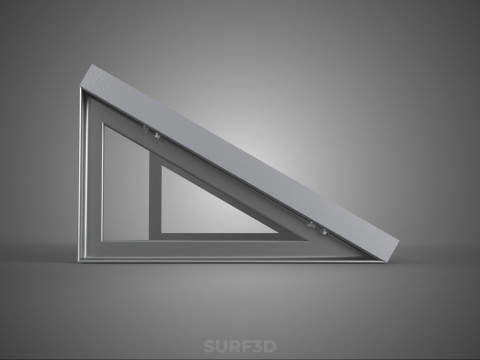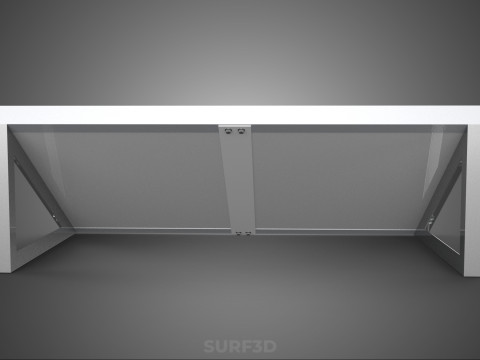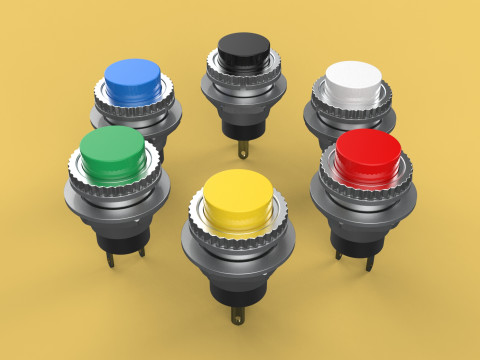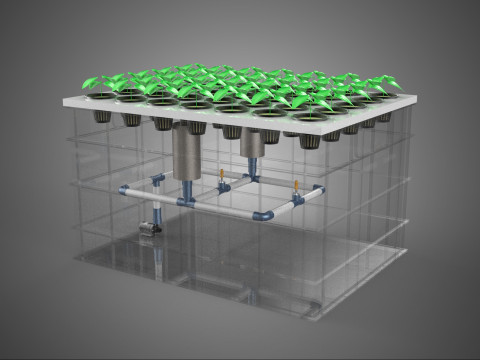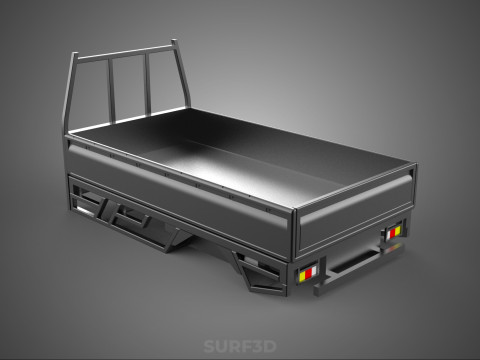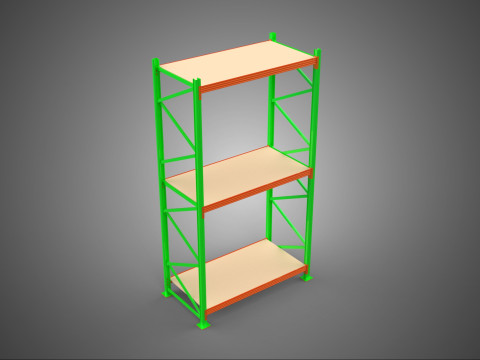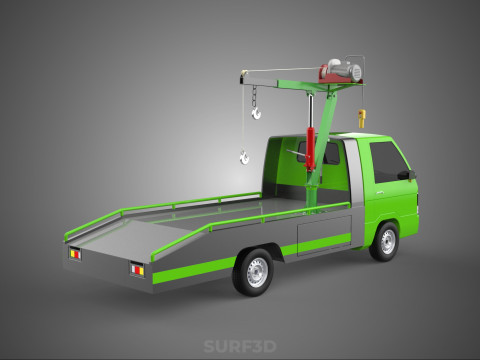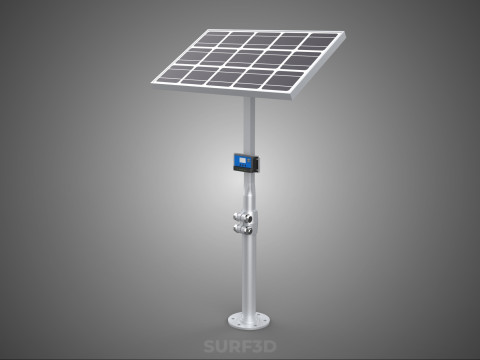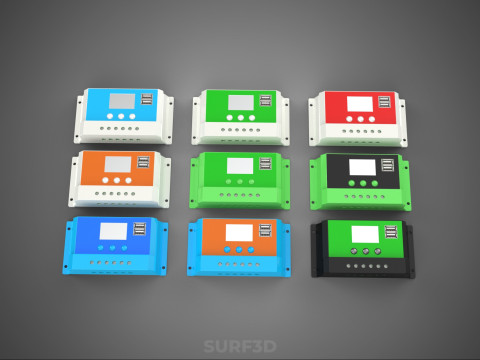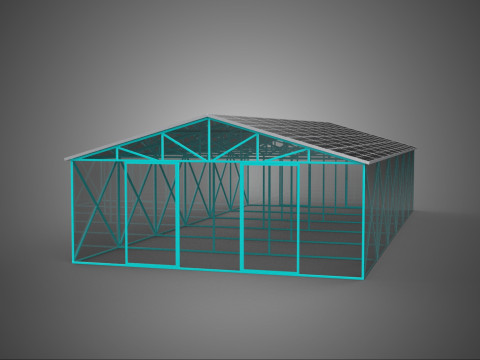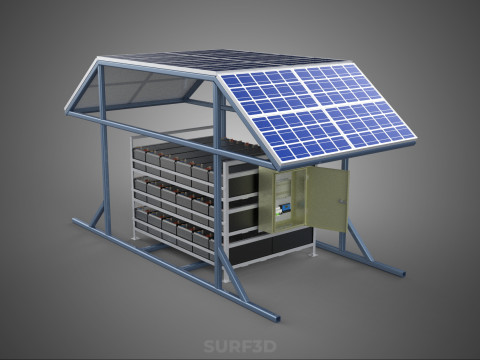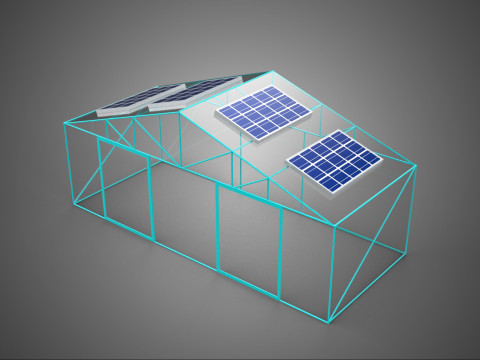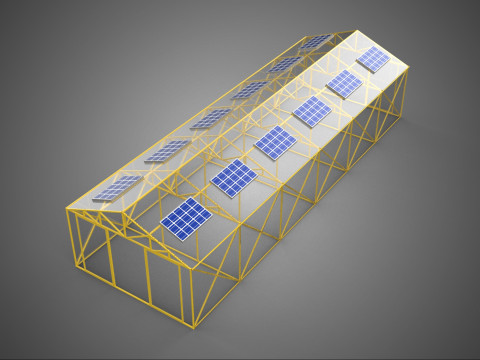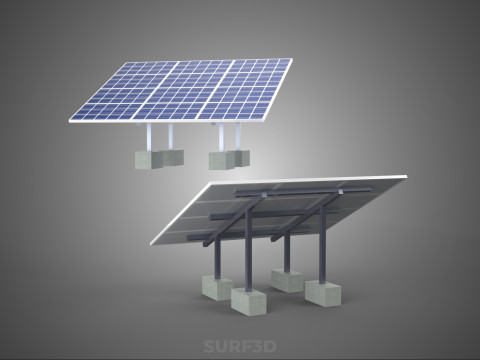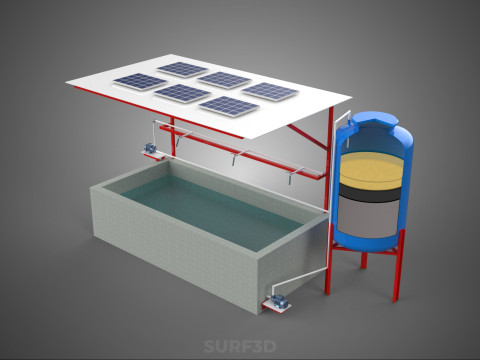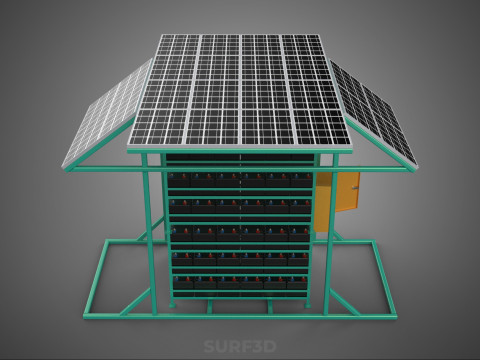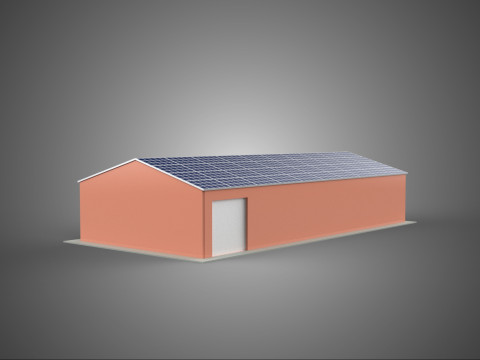SOPORTE ANGULADO PANEL SOLAR FOTOVOLTAICO MÓDULO CELDA FOTOVOLTAICO RENOVABLE Modelo 3D
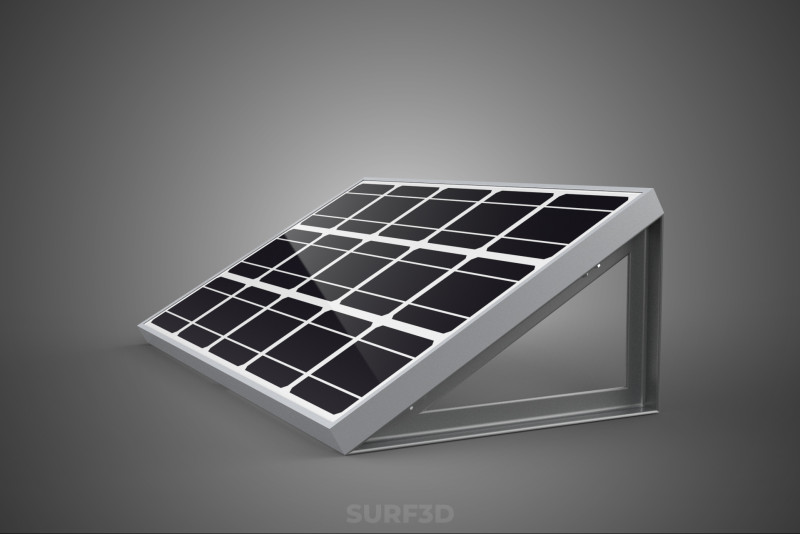
- Solicitar soporte de producto
- Formatos disponibles:
- ID de artículo:595444
- Fecha: 2025-08-29
- Polígonos:26984
- Vértices:23268
- Animados:No
- Texturas:No
- Articulados:No
- Materiales:
- Low-poly:No
- Colección:No
- Mapas UVW:No
- Plugins Usados:No
- Listo para Imprimir:No
- 3D Scan:No
- Para adultos:No
- PBR:No
- AI Capacitación:No
- Geometría:Poly NURBS
- Desenvolver UVs:Unknown
- Vistas:233
Descripción
High-quality 3D assets at affordable prices — trusted by designers, engineers, and creators worldwide. Made with care to be versatile, accessible, and ready for your pipeline.
Included File Formats
This model is provided in 14 widely supported formats, ensuring maximum compatibility:
• - FBX (.fbx) – Standard format for most 3D software and pipelines
• - OBJ + MTL (.obj, .mtl) – Wavefront format, widely used and compatible
• - STL (.stl) – Exported mesh geometry; may be suitable for 3D printing with adjustments
• - STEP (.step, .stp) – CAD format using NURBS surfaces
• - IGES (.iges, .igs) – Common format for CAD/CAM and engineering workflows (NURBS)
• - SAT (.sat) – ACIS solid model format (NURBS)
• - DAE (.dae) – Collada format for 3D applications and animations
• - glTF (.glb) – Modern, lightweight format for web, AR, and real-time engines
• - 3DS (.3ds) – Legacy format with broad software support
• - 3ds Max (.max) – Provided for 3ds Max users
• - Blender (.blend) – Provided for Blender users
• - SketchUp (.skp) – Compatible with all SketchUp versions
• - AutoCAD (.dwg) – Suitable for technical and architectural workflows
• - Rhino (.3dm) – Provided for Rhino users
Model Info
• - All files are checked and tested for integrity and correct content
• - Geometry uses real-world scale; model resolution varies depending on the product (high or low poly)
• • - Scene setup and mesh structure may vary depending on model complexity
• - Rendered using Luxion KeyShot
• - Affordable price with professional detailing
Buy with confidence. Quality and compatibility guaranteed.
If you have any questions about the file formats, feel free to send us a message — we're happy to assist you!
Sincerely,
SURF3D
Trusted source for professional and affordable 3D models.
More Information About 3D Model :
An 'Angled Stand PV Solar Panel Module Cell Photovoltaic Renewable' system refers to a comprehensive setup designed for the conversion of solar radiation into electrical energy. At its core, it embodies the photovoltaic (PV) effect, harnessing sunlight through semiconductor materials within individual cells, which are then integrated into larger modules and panels. The defining characteristic of this system is the incorporation of a support structure, specifically an 'angled stand,' engineered to position the solar panel optimally towards the sun, thereby maximizing energy capture. This technology is a cornerstone of renewable energy generation, contributing significantly to sustainable power solutions globally.
The fundamental operation relies on the photovoltaic effect, where photons from sunlight strike a semiconductor material, typically silicon, dislodging electrons from their atomic orbits. These free electrons are then directed to flow in a specific direction, creating an electric current. This process, occurring within individual photovoltaic cells, directly transforms solar light energy into direct current (DC) electricity without any moving parts, distinguishing it from thermal solar energy conversion.
A photovoltaic *cell* is the smallest functional unit, typically a few square inches in area, producing a small voltage. Multiple cells are electrically interconnected and encapsulated within a protective frame to form a PV *module*. Modules are designed for durability against environmental factors and are the primary building blocks of a solar power system. A collection of one or more modules assembled together, often on a shared support structure, is commonly referred to as a PV *panel* or array, which delivers a cumulative power output suitable for various applications.
The 'angled stand' is a critical mechanical component that physically supports and positions the PV panel. Its primary function is to optimize the panel's tilt angle (elevation from horizontal) and, in some cases, its azimuth angle (orientation relative to true north), to ensure maximum exposure to direct solar irradiation throughout the day and year. The ideal tilt angle is generally close to the latitude of the installation site, adjusted seasonally for optimal performance. Proper angling minimizes reflection losses and maximizes the absorption of solar energy, thereby enhancing the overall system efficiency and energy yield. Stands can be fixed-tilt or adjustable, allowing for seasonal or even daily manual repositioning.
As a 'renewable' energy source, photovoltaic systems, including those mounted on angled stands, harness an inexhaustible supply of solar energy. Unlike fossil fuels, solar power generation produces no greenhouse gas emissions during operation, significantly mitigating environmental impact and contributing to climate change abatement efforts. The widespread deployment of such systems is central to transitioning towards a sustainable energy future, reducing reliance on finite resources and enhancing energy security.
Angled stand PV systems are versatile, finding applications across a broad spectrum, from small-scale residential setups (e.g., rooftop or ground-mounted arrays) to large utility-scale solar farms. They are also crucial for off-grid applications, powering remote homes, telecommunication stations, and agricultural equipment. Key advantages include their modularity, low maintenance requirements, scalability, and ability to generate clean electricity silently. While initial capital costs can be a consideration, continuous technological advancements and decreasing production costs are making solar PV increasingly competitive and economically viable.
In summary, an 'Angled Stand PV Solar Panel Module Cell Photovoltaic Renewable' system represents a mature and essential technology within the global energy landscape. By integrating the fundamental principles of photovoltaic energy conversion with optimized mechanical support, these systems efficiently transform abundant solar radiation into clean, sustainable electricity, playing a pivotal role in meeting current and future energy demands while fostering environmental stewardship.
KEYWORDS: Photovoltaic (PV), Solar Panel, Solar Module, Solar Cell, Renewable Energy, Angled Stand, Energy Generation, Solar Energy, Electricity, Semiconductor, Direct Current (DC), Solar Irradiation, Tilt Angle, Azimuth Angle, Energy Efficiency, Sustainable Energy, Climate Change Mitigation, Environmental Impact, Off-Grid Systems, On-Grid Systems, Residential Solar, Utility-Scale Solar, Solar Array, Energy Yield, Photon Conversion, Clean Energy, Ground-Mounted Solar, Rooftop Solar, Energy Security, Solar Technology
¿Necesita más formatos?
Si precisa un formato distinto, por favor, abra una consulta de Soporte y solicítelo. Podemos convertir modelos 3D a: .stl, .c4d, .obj, .fbx, .ma/.mb, .3ds, .3dm, .dxf/.dwg, .max. .blend, .skp, .glb. Conversión de formato libreNosotros no convertimos escenas 3d y formatos como .step, .iges, .stp, .sldprt.!
Información de uso
SOPORTE ANGULADO PANEL SOLAR FOTOVOLTAICO MÓDULO CELDA FOTOVOLTAICO RENOVABLE - Puede usar este modelo 3D libre de regalías tanto para fines personales como comerciales, de acuerdo con la Licencia Básica o Extendida.La Licencia Básica cubre la mayoría de los casos de uso estándar, incluyendo anuncios digitales, proyectos de diseño y visualización, cuentas empresariales en redes sociales, aplicaciones nativas, aplicaciones web, videojuegos y productos finales físicos o digitales (tanto gratuitos como comerciales).
La Licencia Extendida incluye todos los derechos otorgados bajo la Licencia Básica, sin limitaciones de uso, y permite que el modelo 3D se use en un número ilimitado de proyectos comerciales bajo las condiciones de la Licencia Libre de Regalías.
Leer más


 English
English Español
Español Deutsch
Deutsch 日本語
日本語 Polska
Polska Français
Français 中國
中國 한국의
한국의 Українська
Українська Italiano
Italiano Nederlands
Nederlands Türkçe
Türkçe Português
Português Bahasa Indonesia
Bahasa Indonesia Русский
Русский हिंदी
हिंदी